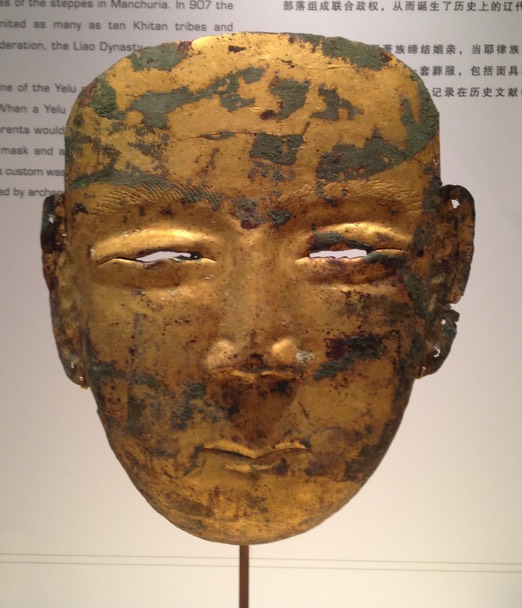
Objects, the things we make, acquire and consume and the memories or associations they trigger, are often the means by which we construct our life stories. Objects aren’t ‘containers of truth’, they are catalysts for personal engagement and understanding. That is not to say that there aren’t facts or information about objects that we can pass on, it’s more to do with an acknowledgment that there are many ways of interpreting collections and that we shouldn’t privilege one over the others.
Some people say that objects speak for themselves and need no interpretive intervention from us. In a sense, I think that’s true because every visitor, whether Art History professor or 5 year-old child, will make sense of the object in her or his own way if they are given direct, unmediated contact, but the understanding they arrive at will not necessarily be the ‘correct’ one. The question is: do we want to offer people a particular interpretation at certain times and in specific circumstances? If we explain clearly that this is a view of the object from a certain perspective rather than the one true interpretation, then we can enter into an interesting dialogue with visitors.
I think there are two keys that can help to facilitate engagement and understanding. The first is to do with experiencing familiar things in unfamiliar ways. Feeling that we “know” a museum or gallery collection, as we are expected to, can get in the way of this process, but our visitors can free us up by showing us the objects through their new eyes. The second key is about prolonging the encounter with the object to enable deep reflection and response to it. This leads to what many people are now calling ‘individual meaning making’.
As Viktor Shklovsky says in Art as Technique, “The purpose of art is to impart the sensation of things as they are perceived and not as they are known. The technique of art is to make objects “unfamiliar”, to make forms difficult, to increase the difficulty and length of perception because the process of perception is an aesthetic end in itself and must be prolonged. Art is a way of experiencing the artfulness of an object: the object itself is not important…
